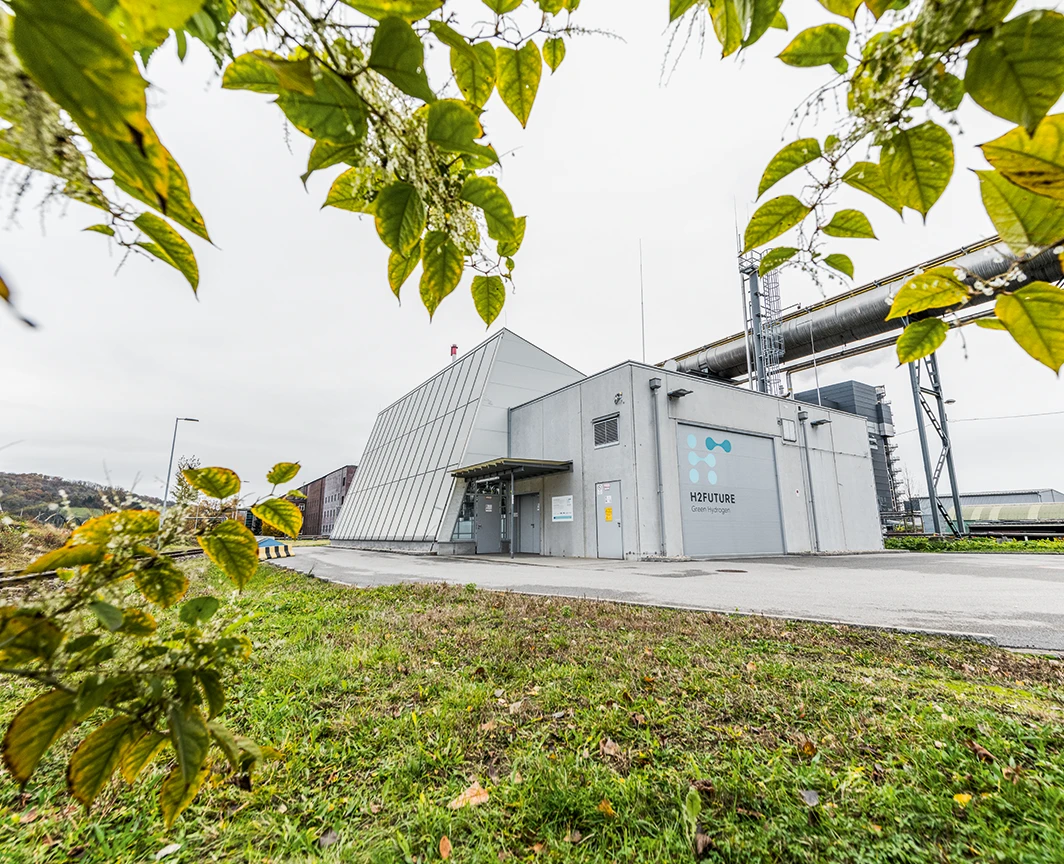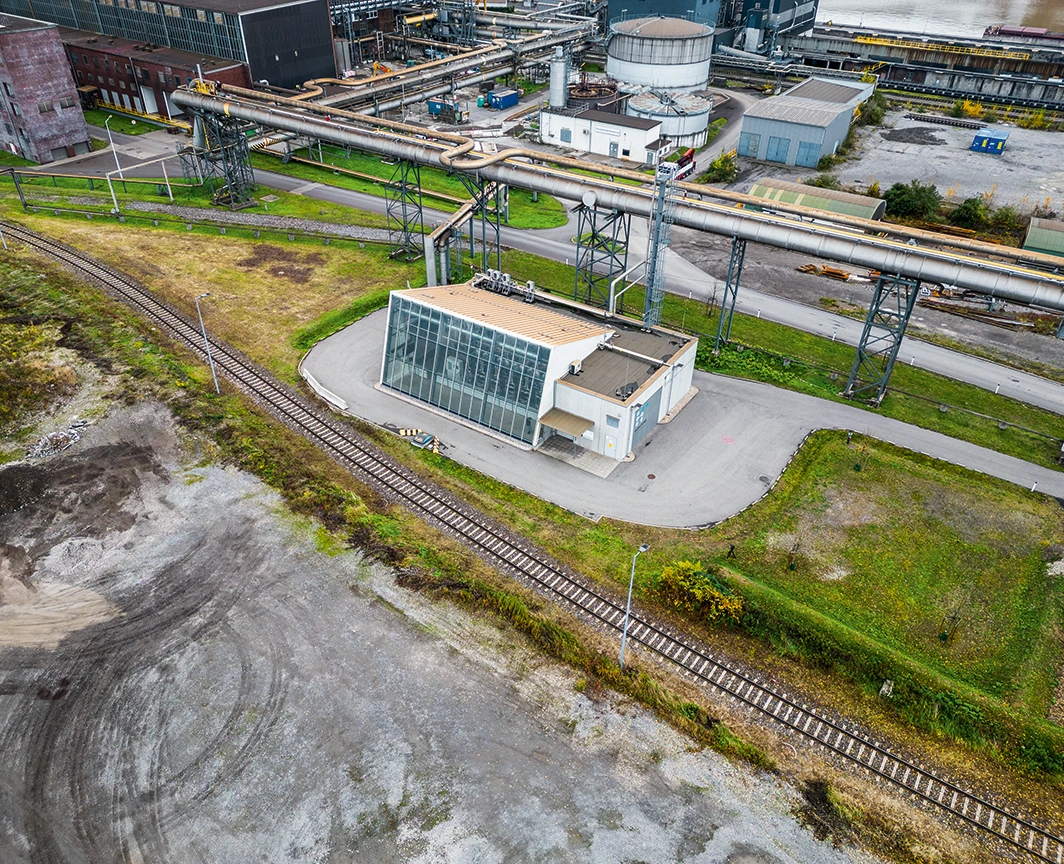
H2FUTURE
Green Hydrogen
Europe’s energy system will undergo a radical transformation over the coming decades. Climate change must be tackled, and industry is researching into practical ways of reducing CO2 emissions. This calls for completely new technologies, particularly in steel production, and relies on the availability of sufficient renewable energy resources. As a result, the electricity sector is also searching for innovative supply solutions.
These changes will allow new and mutually beneficial partnerships to develop, such as H2FUTURE – a European flagship project.
This project brings together energy suppliers, the steel industry, technology providers and research partners, all working hand in hand on the future of energy. Six partners, one goal: green hydrogen from green electricity.





H2FUTURE AT A GLANCE
H2FUTURE is a European flagship project for the generation of green hydrogen from electricity from renewable energy sources. Under the coordination of the utility VERBUND, the steel manufacturer voestalpine and Siemens Energy, a proton exchange membrane (PEM) electrolyser manufacturer, a large-scale 6 MW PEM electrolysis system will be installed and operated at the voestalpine Linz steel plant in Austria. The Austrian transmission system operator (TSO) Austrian Power Grid (APG) will support the prequalification of the electrolyser system for the provision of ancillary services. The Netherland's research centre TNO and K1-MET (Austria) will study the replicability of the experimental results on larger scales in EU28 for the steel industry.
H2FUTURE is structured into 10 work packages:
- WP01 Project Management and Coordination (lead: VERBUND)
- WP02 Specification of Pilot Tests and Operation Phase (lead: VERBUND)
- WP03 Detailed Engineering of the Critical Building Blocks (lead: Siemens Energy)
- WP04 Manufacturing and Factory Testing of the Electrolyser System (lead: Siemens Energy)
- WP05 Development and Validation of the Link with Power and Energy Markets (lead: VERBUND)
- WP06 Installation of the Infrastructure for the Electrolyser System (lead: voestalpine)
- WP07 Unit Integration and on-site Validation of the full Pilot (lead: voestalpine)
- WP08 Two Year Demonstration (lead: VERBUND)
- WP09 Impacts of the Project Results and Exploitation (lead: TNO)
- WP10 Dissemination of the Project Results (lead: VERBUND)
The H2FUTURE project has started on 1st January 2017 and has a duration of 4.5 years.